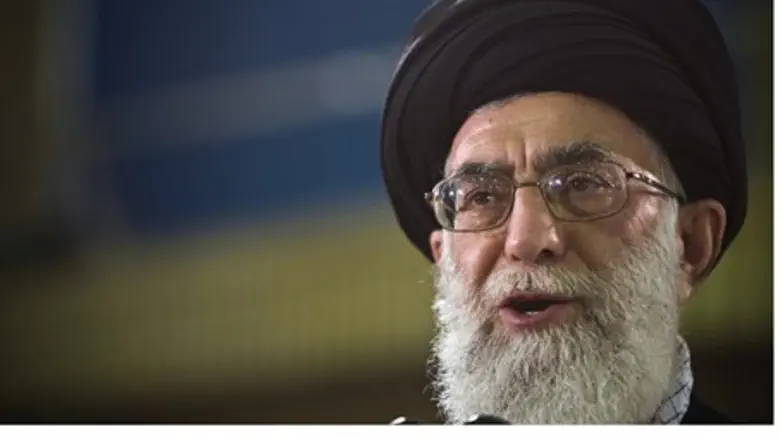
Iran’s supreme leader, Ayatollah Ali Khamenei, has undergone an operation on his prostate which lasted less than half an hour. The head of the surgical team said only local anaesthetic had been used, and that Khamenei was completely awake and speaking during the procedure.
However, according to Reuters, it is the unprecedented media attention given to the event that is causing some observers to speculate that Khamenei's health is deteriorating.
Photos have shown him appearing frail and in bed. Top officials including President Hassan Rouhani, the head of the judiciary, the speaker of parliament and former president Mahmoud Ahmadinejad visited Khamenei in the hospital, and each visit was reported with photos on Iranian news sites. This is highly unusual for a dictatorship like Iran.
Khamenei is the country's second supreme leader since the 1979 revolution, having succeeded the Islamic Republic’s founder Ayatollah Ruhollah Khomeini in 1989.
Supreme leaders are elected by the Assembly of Experts, which is made up mostly of religious officials, but the Revolutionary Guards are expected to influence any choice for Khamenei's successor, when the matter comes up.
At a meeting of the Assembly in early September, Khamenei called for unity. “There are differences in taste on political issues, on political issues small and large,” he said. “But these differences cannot destroy the unity of the country or empathy within the country. Everyone should be together.”
Reuters claimed that a leading candidate to succeed Khamenei is Ayatollah Mahmoud Hashemi Shahroudi, a former judiciary head who is deputy head of the Assembly of Experts. Shahroudi is seen as a candidate favoured by Khamenei and is thought to have the support of the Revolutionary Guards, experts say.
Other candidates include Ali Akbar Hashemi Rafsanjani, 80, a former president, and Ayatollah Sadeq Larijani, the current head of the judiciary who has been twice appointed to the position by Khamenei.